Page 129 of 233

Airbag system
128
Switch for the front seat passenger airbags*The front passenger airbag as well as the side passenger airbag
(if the vehicle is fitted with a side airbag) are switched off using
the switch.
Deactivating airbags
– Switch off the ignition.
– Turn the slot of the airbag switch using the ignition key in the
direction of the arrow to the position OFF ⇒fig. 105 . The slot
of the airbag switch must be located in the vertical position.
– Check whether the airbag indicator light
in the
middle of the dash panel lights up ⇒fig. 106 when the ignition
is turned on.
Switching on airbags
– Switch off the ignition.
– Turn the slot of the airbag switch using the ignition key in the direction of the arrow to the position ON ⇒fig. 105 . The slot
of the airbag switch must be located in the horizontal position.
– Check whether the airbag indicator light
in the
middle of the dash panel lights up ⇒fig. 106 when the ignition
is turned on.
The airbags should only be switched off under exceptional circumstances
⇒ page 127.
Indicator light
(airbag switched off)
The airbag indicator light in the middle of the dash panel does not light up
⇒ page 128, fig. 106 .
Fig. 105 Storage
compartment: Switch
for the front seat
passenger airbags
Fig. 106 Indicator light
for a switched off front
seat passenger airbag
Page 130 of 233
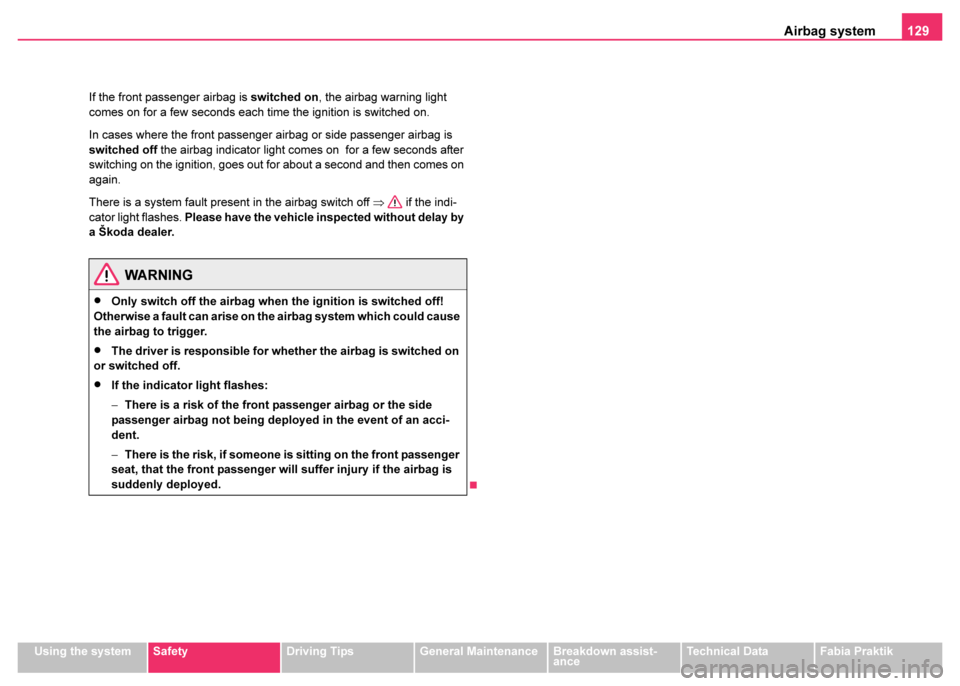
Airbag system129
Using the systemSafetyDriving TipsGeneral MaintenanceBreakdown assist-
anceTechnical DataFabia Praktik
If the front passenger airbag is
switched on, the airbag warning light
comes on for a few seconds each time the ignition is switched on.
In cases where the front passenger airbag or side passenger airbag is
switched off the airbag indicator light comes on for a few seconds after
switching on the ignition, goes out for about a second and then comes on
again.
There is a system fault present in the airbag switch off ⇒ if the indi-
cator light flashes. Please have the vehicle inspected without delay by
a Škoda dealer.
WARNING
•Only switch off the airbag when the ignition is switched off!
Otherwise a fault can arise on the airbag system which could cause
the airbag to trigger.
•The driver is responsible for whether the airbag is switched on
or switched off.
•If the indicator light flashes:
− There is a risk of the front passenger airbag or the side
passenger airbag not being deployed in the event of an acci-
dent.
− There is the risk, if someone is sitting on the front passenger
seat, that the front passenger will suffer injury if the airbag is
suddenly deployed.
Page 131 of 233
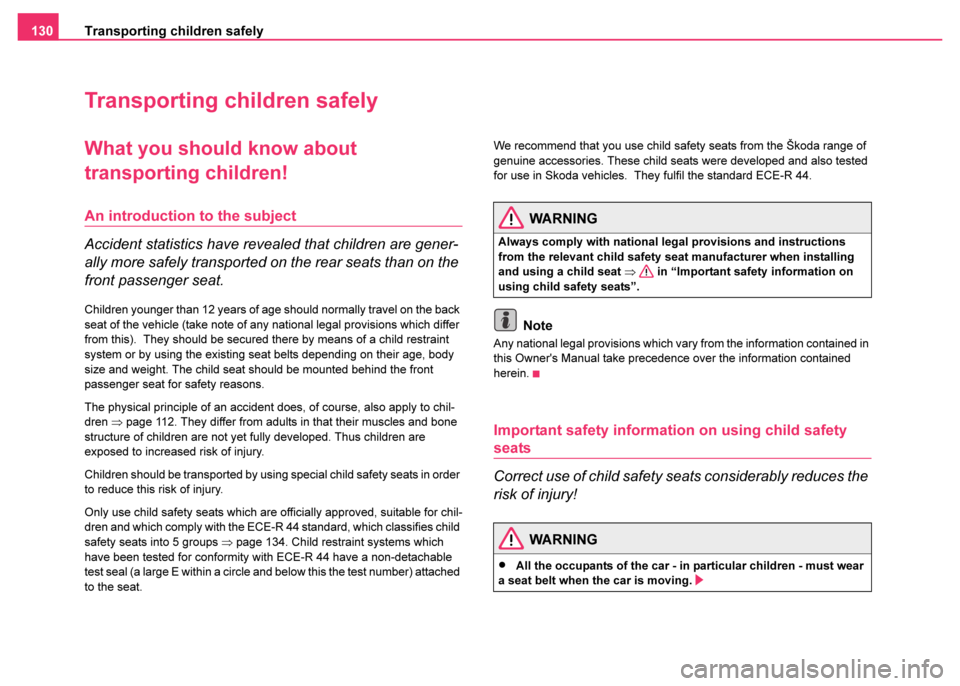
Transporting children safely
130
Transporting children safely
What you should know about
transporting children!
An introduction to the subject
Accident statistics have revealed that children are gener-
ally more safely transported on the rear seats than on the
front passenger seat.
Children younger than 12 years of age should normally travel on the back
seat of the vehicle (take note of any national legal provisions which differ
from this). They should be secured there by means of a child restraint
system or by using the existing seat belts depending on their age, body
size and weight. The child seat should be mounted behind the front
passenger seat for safety reasons.
The physical principle of an accident does, of course, also apply to chil-
dren ⇒ page 112. They differ from adults in that their muscles and bone
structure of children are not yet fully developed. Thus children are
exposed to increased risk of injury.
Children should be transported by using special child safety seats in order
to reduce this risk of injury.
Only use child safety seats which are officially approved, suitable for chil-
dren and which comply with the ECE-R 44 standard, which classifies child
safety seats into 5 groups ⇒page 134. Child restraint systems which
have been tested for conformity with ECE-R 44 have a non-detachable
test seal (a large E within a circle and below this the test number) attached
to the seat. We recommend that you use child safety seats from the Škoda range of
genuine accessories. These child seats were developed and also tested
for use in Skoda vehicles. They fulfil the standard ECE-R 44.
Note
Any national legal provisions which vary from the information contained in
this Owner's Manual take precedence over the information contained
herein.
Important safety information on using child safety
seats
Correct use of child safety seats considerably reduces the
risk of injury!
WARNING
Always comply with national legal provisions and instructions
from the relevant child safety seat manufacturer when installing
and using a child seat
⇒ in “Important safety information on
using child safety seats”.
WARNING
•All the occupants of the car - in particular children - must wear
a seat belt when the car is moving.
Page 132 of 233
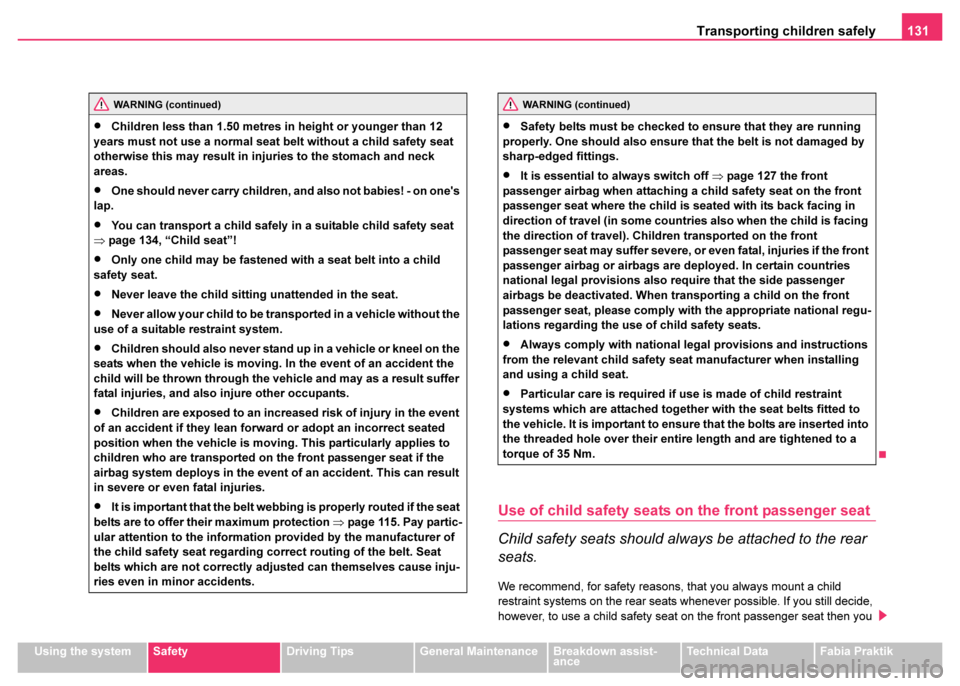
Transporting children safely131
Using the systemSafetyDriving TipsGeneral MaintenanceBreakdown assist-
anceTechnical DataFabia Praktik
Use of child safety seats on the front passenger seat
Child safety seats should always be attached to the rear
seats.
We recommend, for safety reasons, that you always mount a child
restraint systems on the rear seats whenever possible. If you still decide,
however, to use a child safety seat on the front passenger seat then you
WARNING (continued)
•Children less than 1.50 metres in height or younger than 12
years must not use a normal seat belt without a child safety seat
otherwise this may result in injuries to the stomach and neck
areas.
•One should never carry children, and also not babies! - on one's
lap.
•You can transport a child safely in a suitable child safety seat
⇒ page 134, “Child seat”!
•Only one child may be fastened with a seat belt into a child
safety seat.
•Never leave the child sitting unattended in the seat.
•Never allow your child to be transported in a vehicle without the
use of a suitable restraint system.
•Children should also never stand up in a vehicle or kneel on the
seats when the vehicle is moving. In the event of an accident the
child will be thrown through the vehicle and may as a result suffer
fatal injuries, and also injure other occupants.
•Children are exposed to an increased risk of injury in the event
of an accident if they lean forward or adopt an incorrect seated
position when the vehicle is moving. This particularly applies to
children who are transported on the front passenger seat if the
airbag system deploys in the event of an accident. This can result
in severe or even fatal injuries.
•It is important that the belt webbing is properly routed if the seat
belts are to offer their maximum protection ⇒page 115. Pay partic-
ular attention to the information provided by the manufacturer of
the child safety seat regarding correct routing of the belt. Seat
belts which are not correctly adjusted can themselves cause inju-
ries even in minor accidents.
WARNING (continued)
•Safety belts must be checked to ensure that they are running
properly. One should also ensure that the belt is not damaged by
sharp-edged fittings.
•It is essential to always switch off ⇒page 127 the front
passenger airbag when attaching a child safety seat on the front
passenger seat where the child is seated with its back facing in
direction of travel (in some countries also when the child is facing
the direction of travel). Children transported on the front
passenger seat may suffer severe, or even fatal, injuries if the front
passenger airbag or airbags are deployed. In certain countries
national legal provisions also require that the side passenger
airbags be deactivated. When transporting a child on the front
passenger seat, please comply with the appropriate national regu-
lations regarding the use of child safety seats.
•Always comply with national legal provisions and instructions
from the relevant child safety seat manufacturer when installing
and using a child seat.
•Particular care is required if use is made of child restraint
systems which are attached together with the seat belts fitted to
the vehicle. It is important to ensure that the bolts are inserted into
the threaded hole over their entire length and are tightened to a
torque of 35 Nm.
Page 133 of 233

Transporting children safely
132
must pay attention to the following warnings in connection with the use of
the airbag system on the front passenger seat:
WARNING
•Warning - particular hazard! Never use a child safety seat on the
front passenger seat in which the child is seated with its back
facing the direction of travel. This child safety seat is positioned in
the deployment area of the front passenger airbag. The airbag may
cause the child severe, or even fatal injuries, in the event of it being
deployed.
•This is also clearly stated on the sticker which is located on the
centre column of the front passenger side. The sticker is visible
upon opening the front passenger door. The next warning sticker
is located on the windscreen near the front passenger seat.
•It is essential to always switch off ⇒page 127 the front
passenger airbag when attaching a child safety seat on the front
passenger seat where the child is seated with its back facing in
direction of travel (in some countries also when the child is facing
the direction of travel). Children transported on the front
passenger seat may suffer severe, or even fatal, injuries if the front
passenger airbag or airbags are deployed. In certain countries
national legal provisions also require that the side passenger
airbags be deactivated. When transporting a child on the front
passenger seat, please comply with the appropriate national regu-
lations regarding the use of child safety seats.
•If the front passenger airbag has been switched off by a Škoda
dealer using the vehicle system tester, the side passenger airbag*
remains switched on. The national legal provisions in certain coun-
tries require that both the front and side airbags be deactivated.
Please comply with any difffering national legal regulations
regarding the use of child safety seats.
WARNING (continued)
•If a child safety seat in which the child faces in the direction of
travel is used, the front passenger seat must be moved back fully.
•If this is not done, a child seated on the front passenger seat
may suffer severe or even fatal injuries if the front passenger
airbag or airbags are deployed. Have the airbag (or airbags) deac-
tivated if necessary ⇒page 127.
•You should have the front passenger airbag (or airbags) reacti-
vated by your Škoda dealer just as soon as you no longer use a
child safety seat on the front passenger seat.
Page 134 of 233

Transporting children safely133
Using the systemSafetyDriving TipsGeneral MaintenanceBreakdown assist-
anceTechnical DataFabia Praktik
Child safety and side airbags*
Children must never be seated in the deployment area of
side airbags.Side airbags* offer the vehicle occupants enhanced protection in the
event of a collision from the side.
The side airbags are inflated in fractions of a second in order to be able to
provide this protection ⇒page 125, “Function of the side airbags”.
An airbag inflating develops such a strong force that an occupant who has
not adopted an upright seated position may suffer injuries from the airbag
or as a result of objects which are located within the deployment area of
the side airbag.
This applies particularly to children if they are not transported in
accordance with legal requirements.
The child is protected when seated in a child safety seat matching its age.
Adequate room is available between the child and the deployment area of
the side airbag and head airbag. The side airbag offers optimal protection.
Fig. 107 Seated posi-
tion of an unprotected
child at risk from side
airbag
Fig. 108 Child properly
protected by safety
seat
WARNING
•It is essential to always switch off ⇒page 127 the front
passenger airbag when attaching a child safety seat on the front
passenger seat where the child is seated with its back facing in
direction of travel (in some countries also when the child is facing
the direction of travel). Children transported on the front
passenger seat may suffer severe, or even fatal, injuries if the front
passenger airbag or airbags are deployed. In certain countries
national legal provisions also require that the side passenger
airbags be deactivated. When transporting a child on the front
passenger seat, please comply with the appropriate national regu-
lations regarding the use of child safety seats.
•When transporting a child on the front passenger seat, please
comply with the appropriate national regulations regarding the use
of child safety seats.
•Children must never be seated with their head in the deploy-
ment area of the side airbag. Risk of injury!
Page 135 of 233
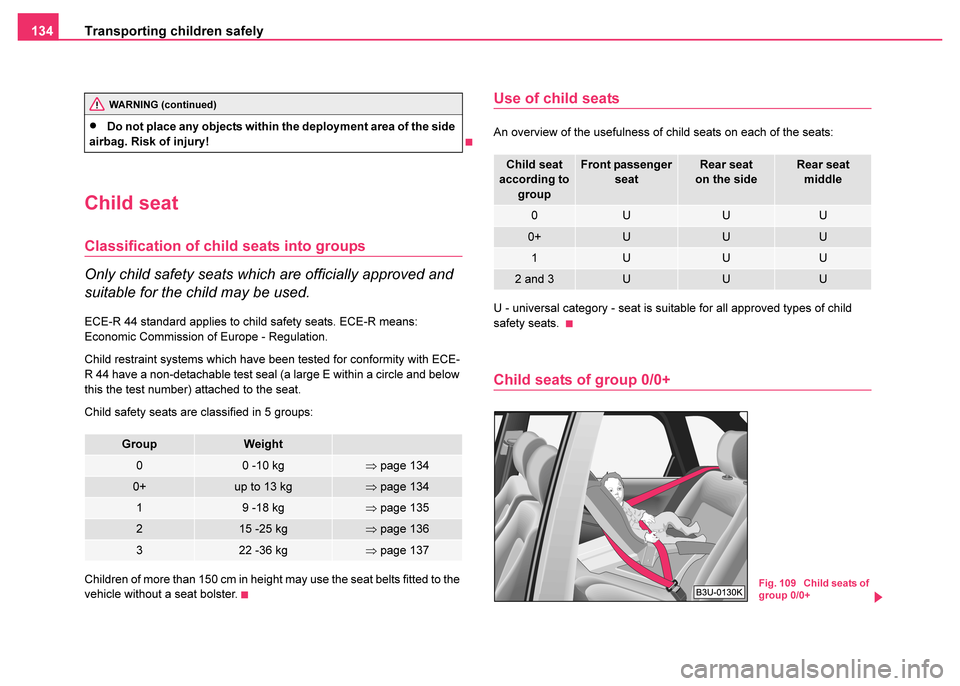
Transporting children safely
134
Child seat
Classification of child seats into groups
Only child safety seats which are officially approved and
suitable for the child may be used.
ECE-R 44 standard applies to child safety seats. ECE-R means:
Economic Commission of Europe - Regulation.
Child restraint systems which have been tested for conformity with ECE-
R 44 have a non-detachable test seal (a large E within a circle and below
this the test number) attached to the seat.
Child safety seats are classified in 5 groups:
Children of more than 150 cm in height may use the seat belts fitted to the
vehicle without a seat bolster.
Use of child seats
An overview of the usefulness of child seats on each of the seats:
U - universal category - seat is suitable for all approved types of child
safety seats.
Child seats of group 0/0+
WARNING (continued)
•Do not place any objects within the deployment area of the side
airbag. Risk of injury!
GroupWeight
00 -10 kg⇒ page 134
0+up to 13 kg⇒page 134
19 -18 kg⇒page 135
215 -25 kg⇒page 136
322 -36 kg⇒page 137
Child seat
according to
groupFront passenger seatRear seat
on the sideRear seat middle
0UUU
0+UUU
1UUU
2 and 3UUU
Fig. 109 Child seats of
group 0/0+
Page 136 of 233

Transporting children safely135
Using the systemSafetyDriving TipsGeneral MaintenanceBreakdown assist-
anceTechnical DataFabia Praktik
The optimal solution for babies of up to about 9 months old weighing up
to 10 kg or babies up to about 18 months old weighing up to 13 kg is a
child safety seat which can be adjusted into the reclining position
⇒
page 134, fig. 109 .
Child seats in which the child is facing with its back towards the
direction of travel should not be used on the front passenger seat
when the vehicle is fitted with a front passenger airbag ⇒ page 131,
“Use of child safety seats on the front passenger seat”
Child safety seats in Group 1
Child seats in Group 1 are for babies and small children up to 4 years of
age with a weight of between 9 and 18 kilograms. It is best for children in
the lower range of this group, to use a child seat which allows the child to
sit with its back to the direction of travel. It is best for children in the upper
range of the Group 0+, to use a child seat which allows the child to sit
⇒ fig. 110 in the direction of travel.
Child seats in which the child is facing with its back towards the
direction of travel should not be used on the front passenger seat
when the vehicle is fitted with a front passenger airbag ⇒ page 131,
“Use of child safety seats on the front passenger seat”
WARNING
•It is essential to always switch off the front passenger airbag
(airbags) when attaching in exceptional circumstances a child
safety seat on the front passenger seat where the child is seated
with its back facing in direction of travel (in some countries also
when the child is facing the direction of travel).
−by allowing a Skoda dealer to do this
− or by using the switch for the front seat passenger airbag*
⇒ page 128.
•The national legal provisions in certain countries require that
both the front and side passenger airbags be deactivated. Please
comply with any difffering national legal regulations regarding the
use of child safety seats.
•If this is not done, a child seated on the front passenger seat
may suffer severe or even fatal injuries if the front passenger
airbag or airbags are deployed.
•You should have the front passenger airbag (or airbags) reacti-
vated by your Škoda dealer just as soon as you no longer use a
child safety seat on the front passenger seat.
Fig. 110 Child seat
with padded table in
Group 1 installed on
rear seat bench facing
the direction of travel
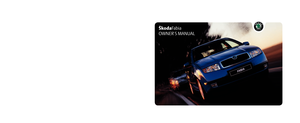 1
1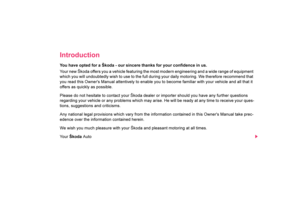 2
2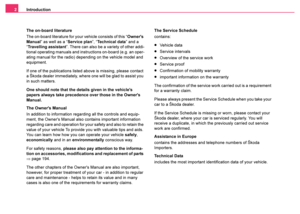 3
3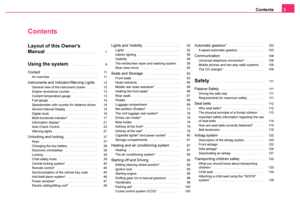 4
4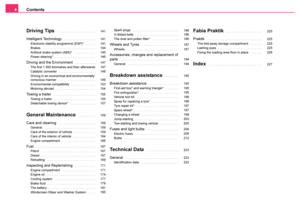 5
5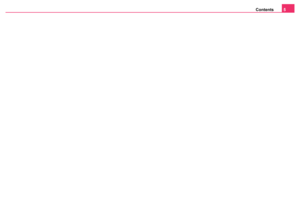 6
6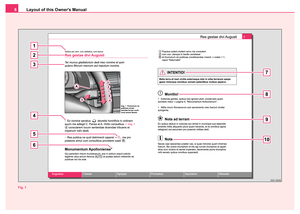 7
7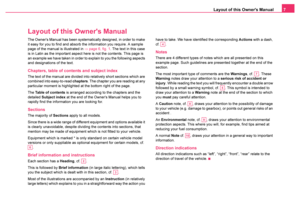 8
8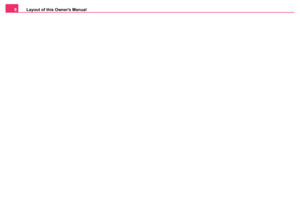 9
9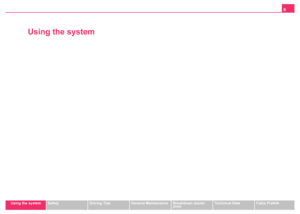 10
10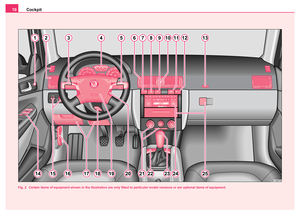 11
11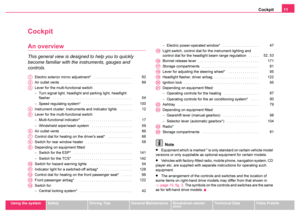 12
12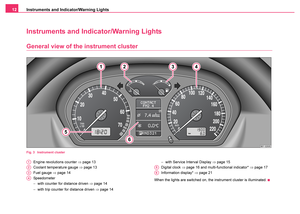 13
13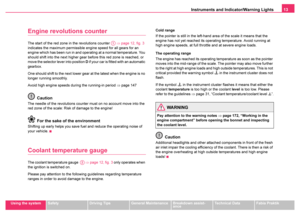 14
14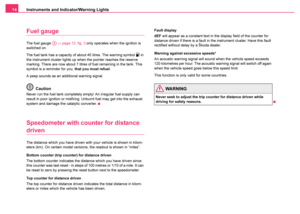 15
15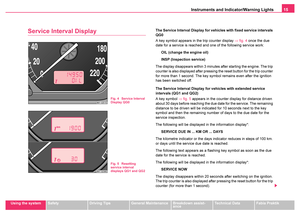 16
16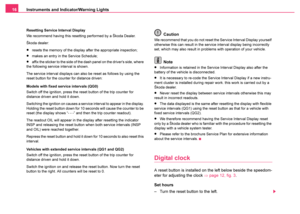 17
17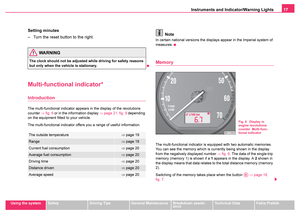 18
18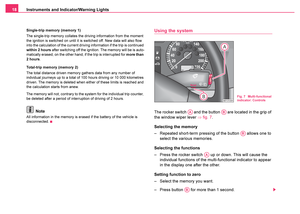 19
19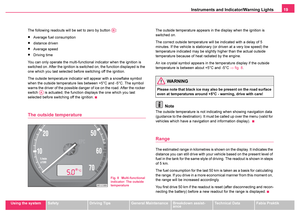 20
20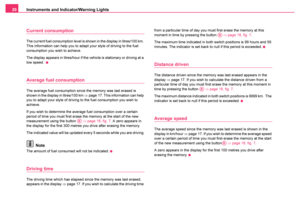 21
21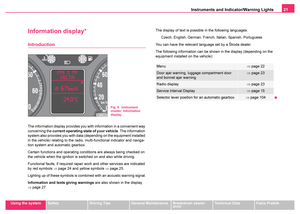 22
22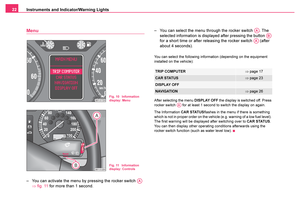 23
23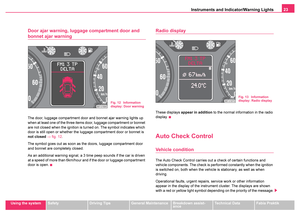 24
24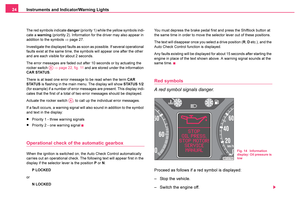 25
25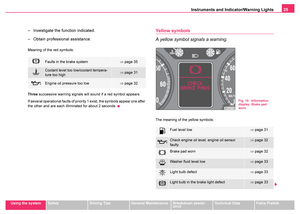 26
26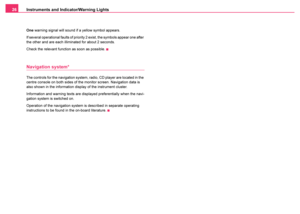 27
27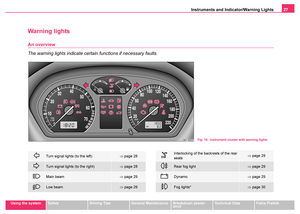 28
28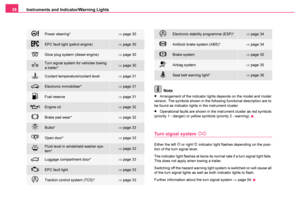 29
29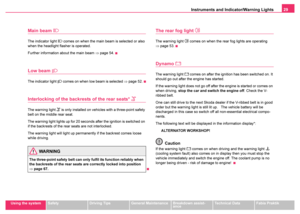 30
30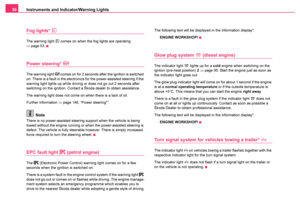 31
31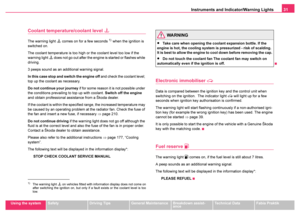 32
32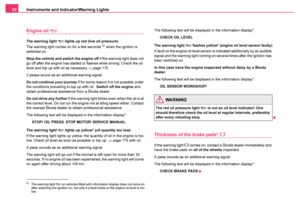 33
33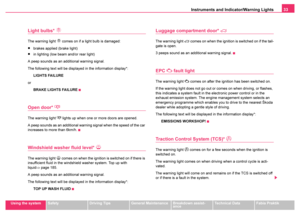 34
34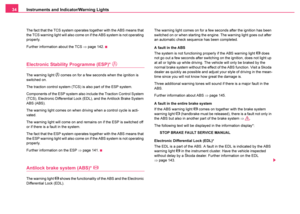 35
35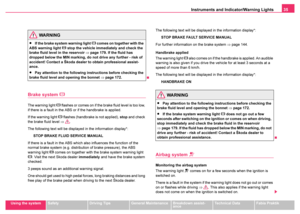 36
36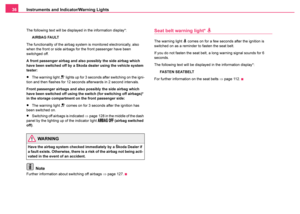 37
37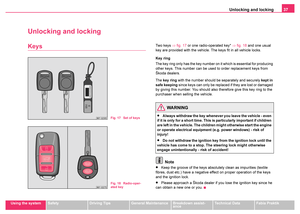 38
38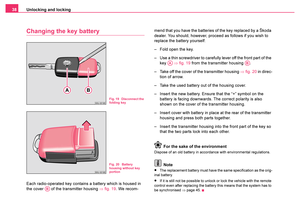 39
39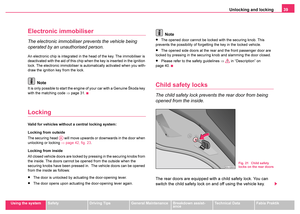 40
40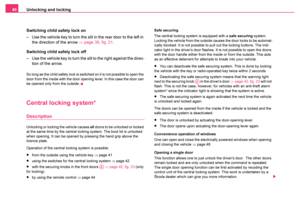 41
41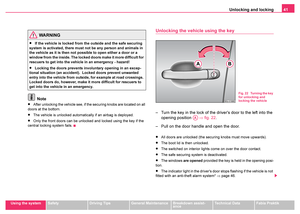 42
42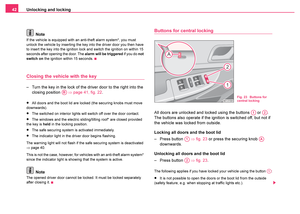 43
43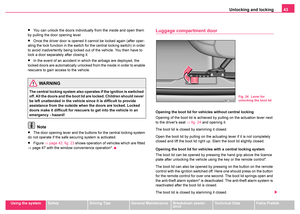 44
44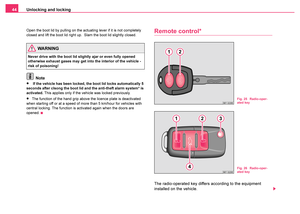 45
45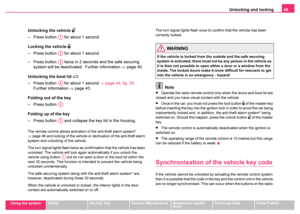 46
46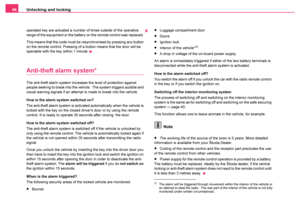 47
47 48
48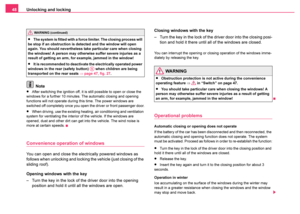 49
49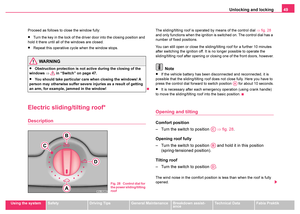 50
50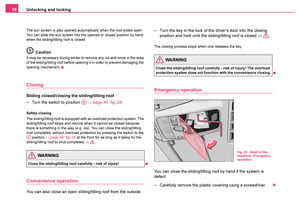 51
51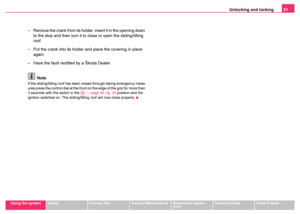 52
52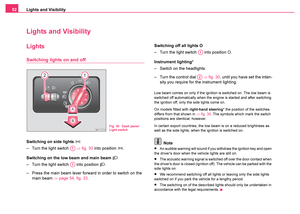 53
53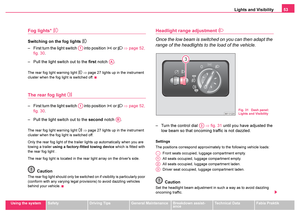 54
54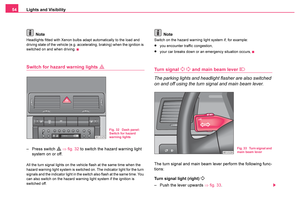 55
55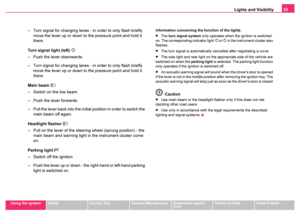 56
56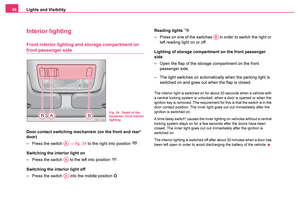 57
57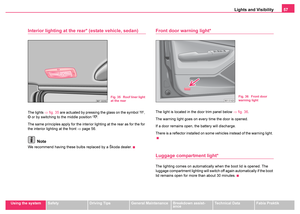 58
58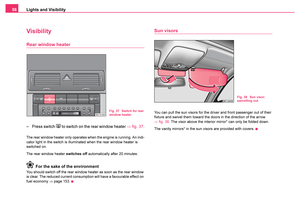 59
59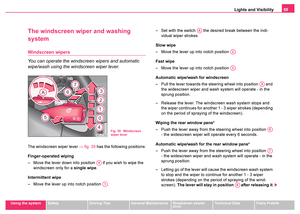 60
60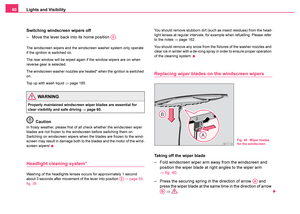 61
61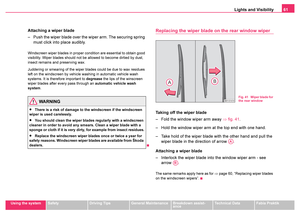 62
62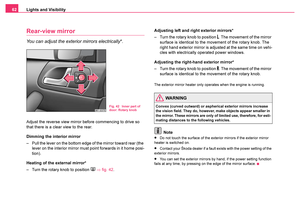 63
63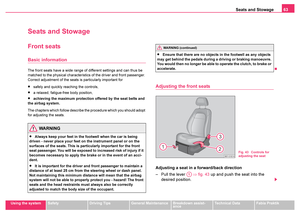 64
64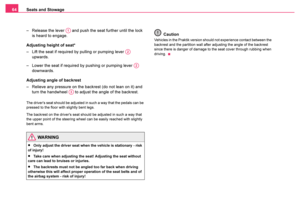 65
65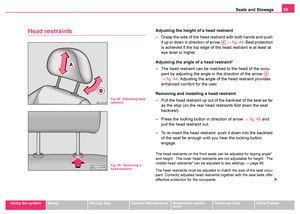 66
66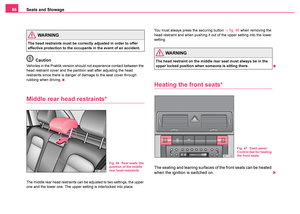 67
67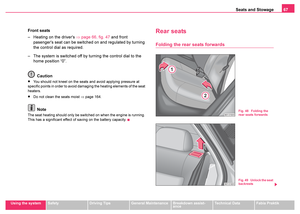 68
68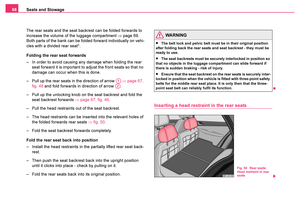 69
69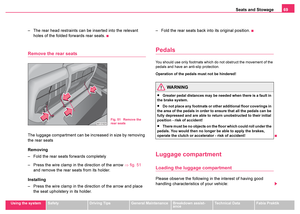 70
70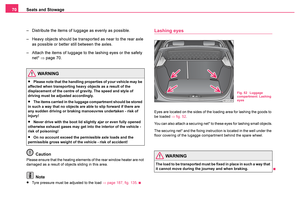 71
71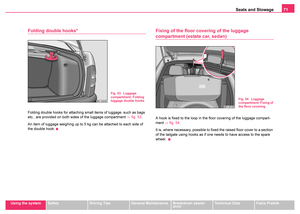 72
72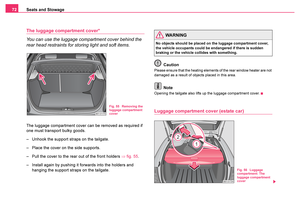 73
73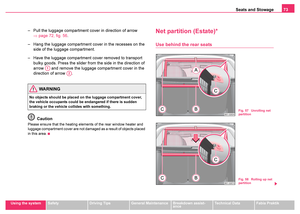 74
74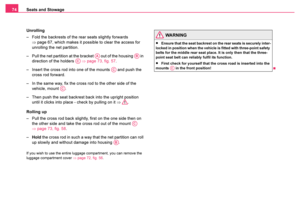 75
75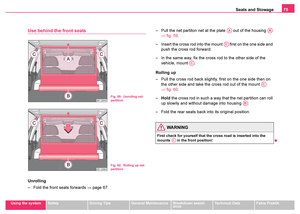 76
76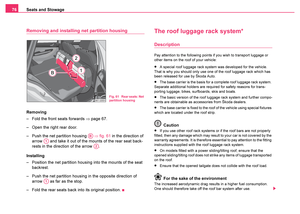 77
77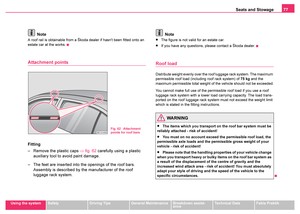 78
78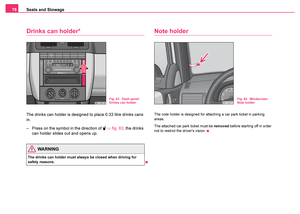 79
79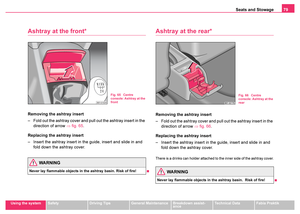 80
80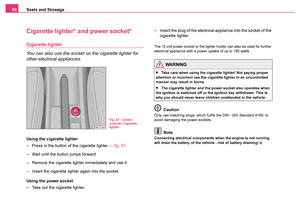 81
81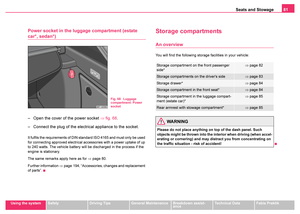 82
82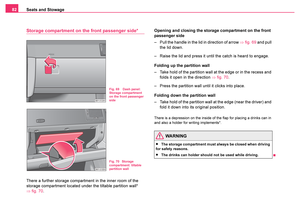 83
83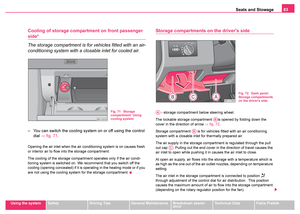 84
84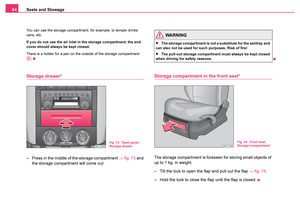 85
85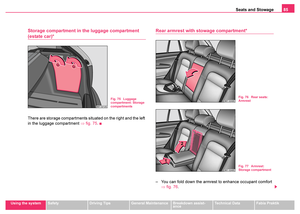 86
86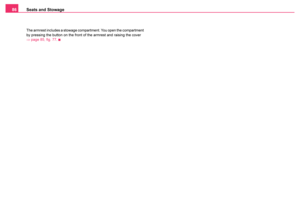 87
87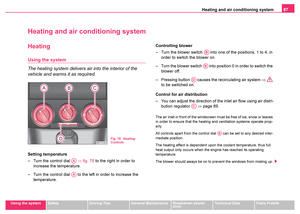 88
88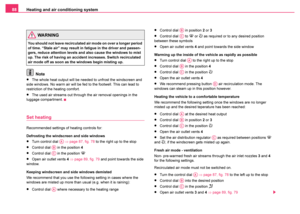 89
89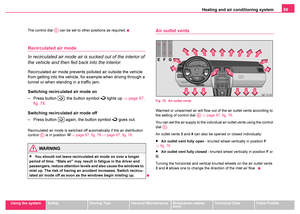 90
90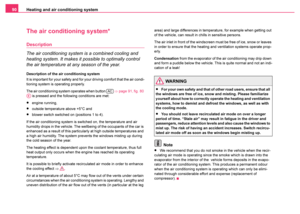 91
91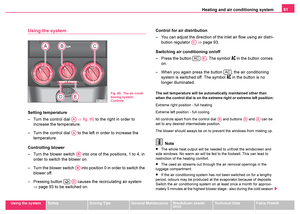 92
92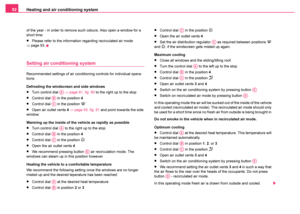 93
93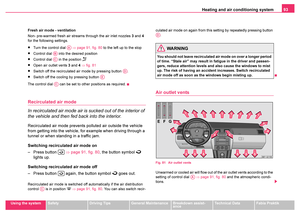 94
94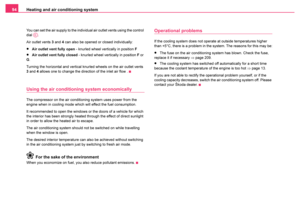 95
95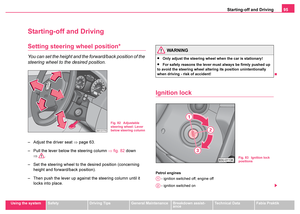 96
96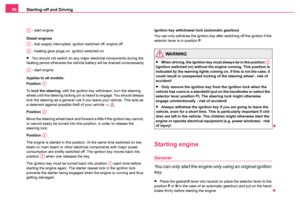 97
97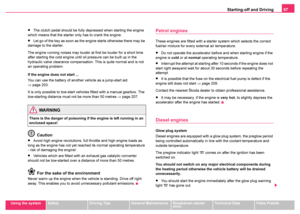 98
98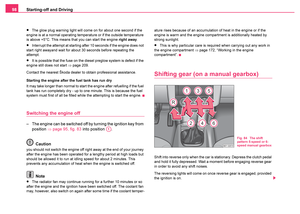 99
99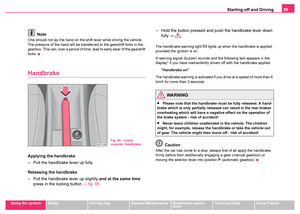 100
100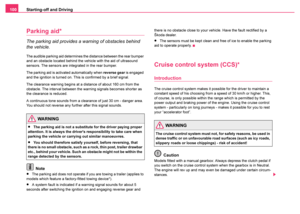 101
101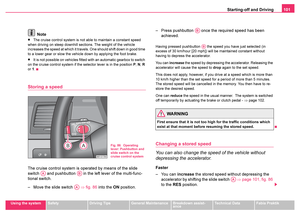 102
102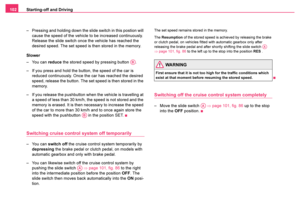 103
103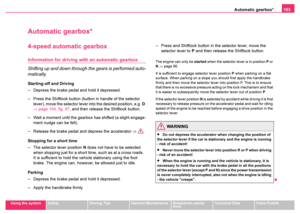 104
104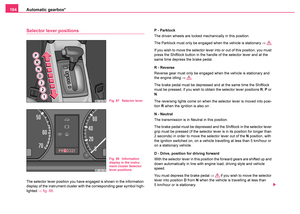 105
105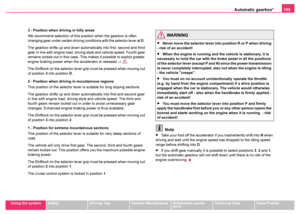 106
106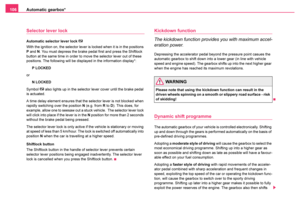 107
107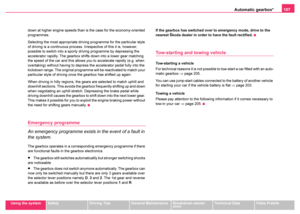 108
108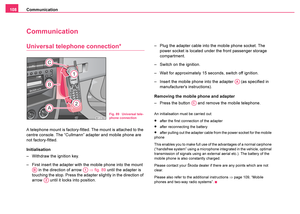 109
109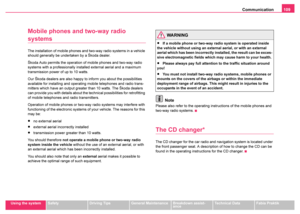 110
110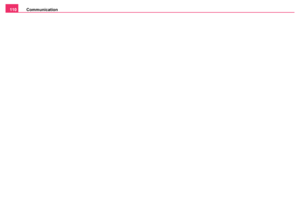 111
111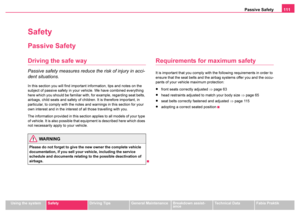 112
112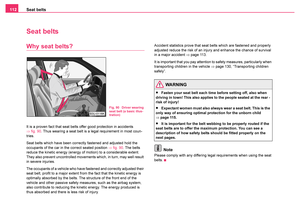 113
113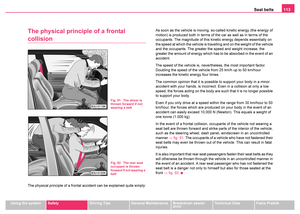 114
114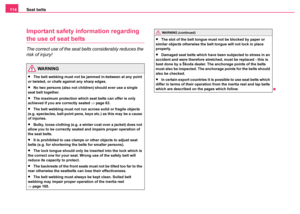 115
115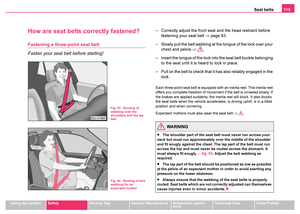 116
116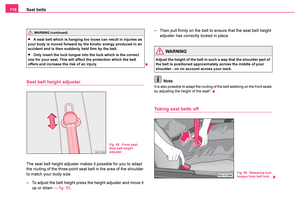 117
117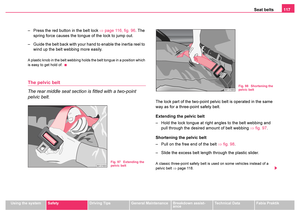 118
118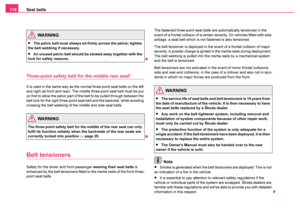 119
119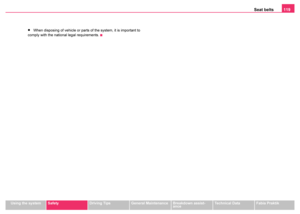 120
120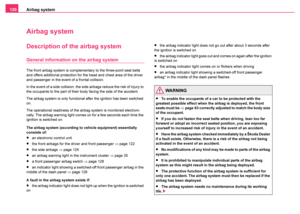 121
121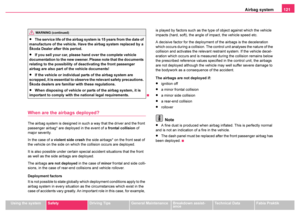 122
122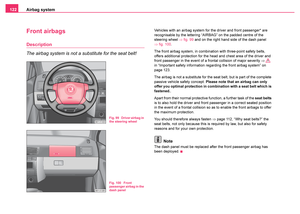 123
123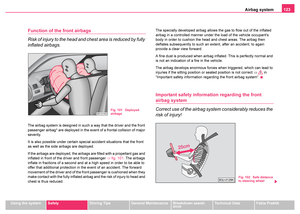 124
124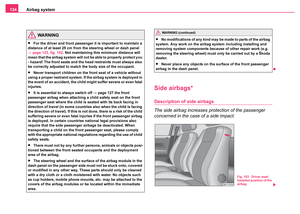 125
125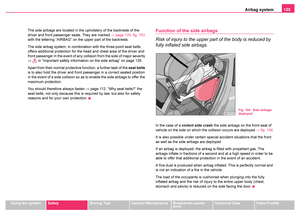 126
126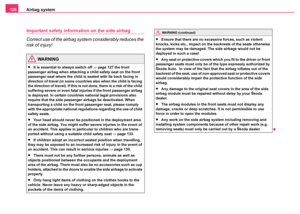 127
127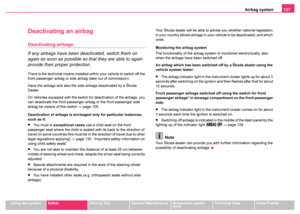 128
128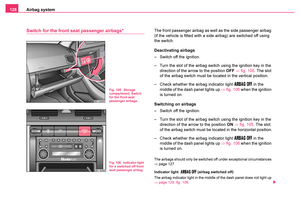 129
129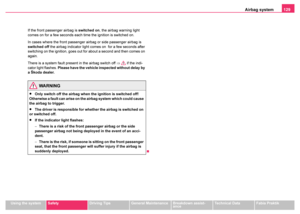 130
130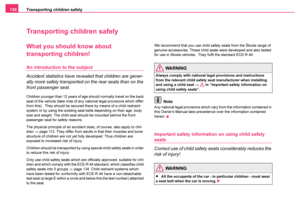 131
131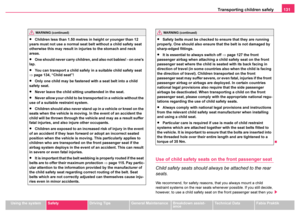 132
132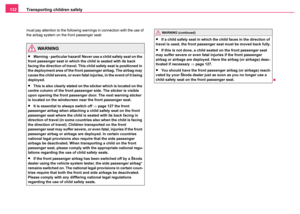 133
133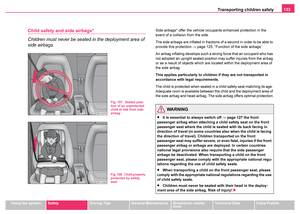 134
134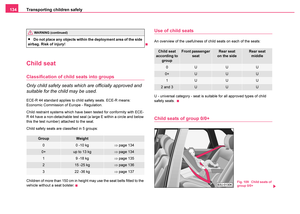 135
135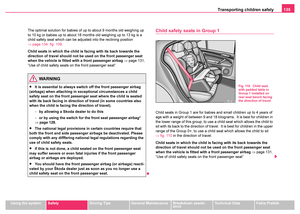 136
136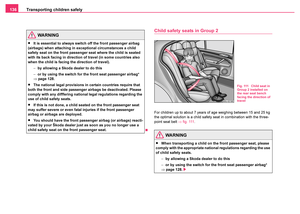 137
137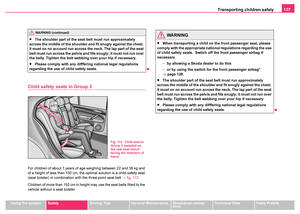 138
138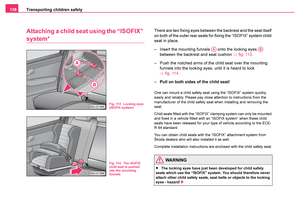 139
139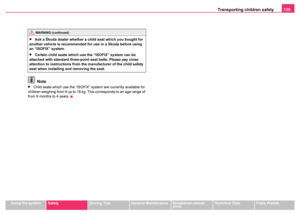 140
140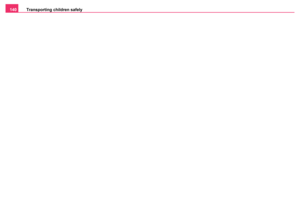 141
141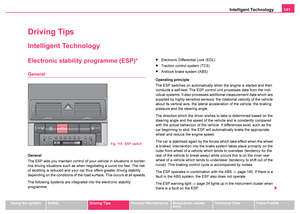 142
142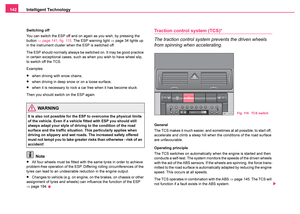 143
143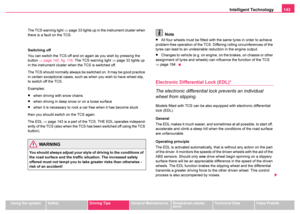 144
144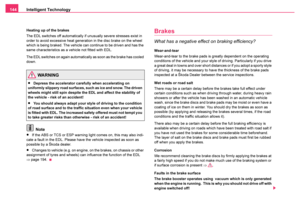 145
145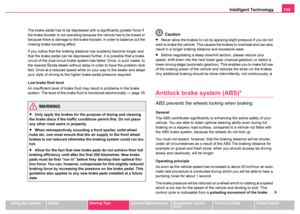 146
146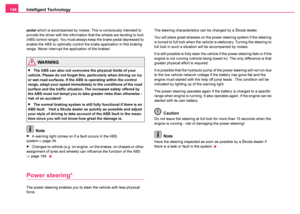 147
147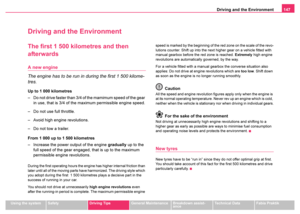 148
148 149
149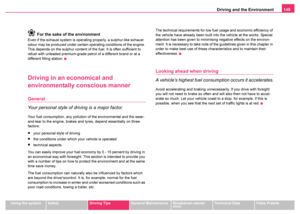 150
150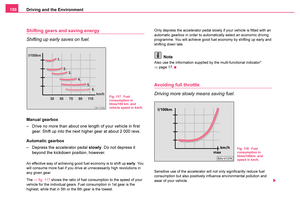 151
151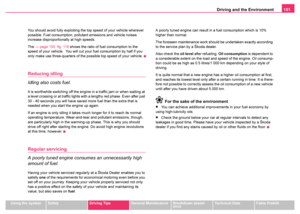 152
152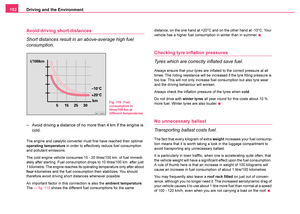 153
153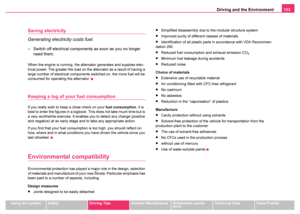 154
154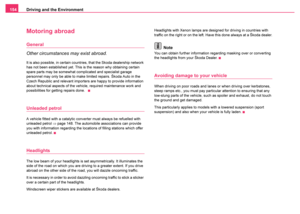 155
155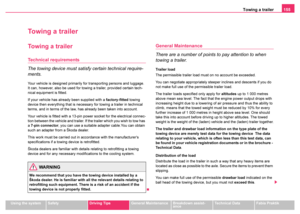 156
156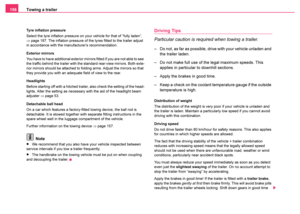 157
157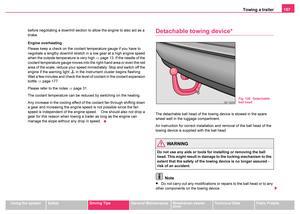 158
158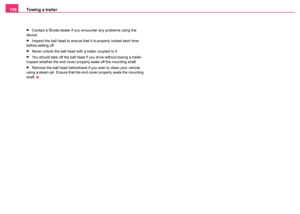 159
159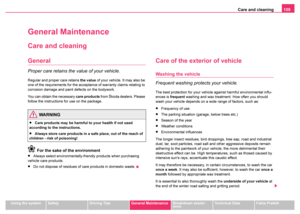 160
160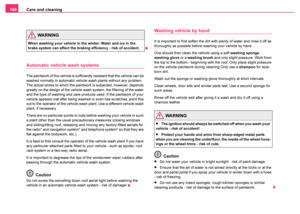 161
161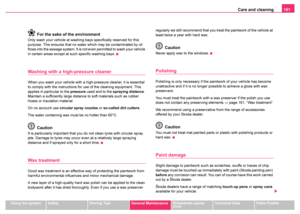 162
162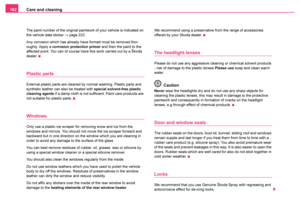 163
163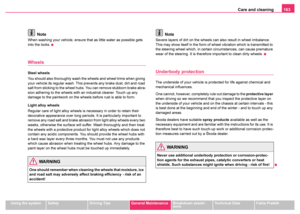 164
164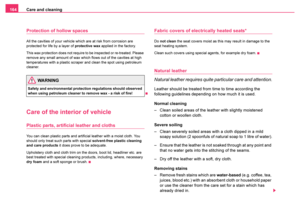 165
165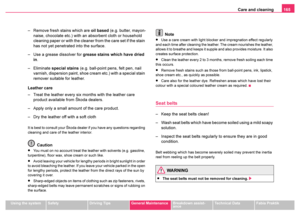 166
166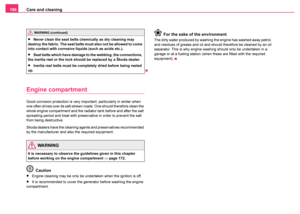 167
167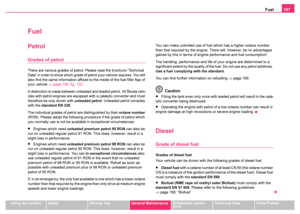 168
168 169
169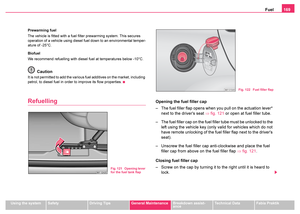 170
170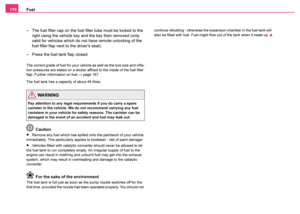 171
171 172
172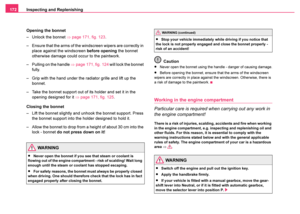 173
173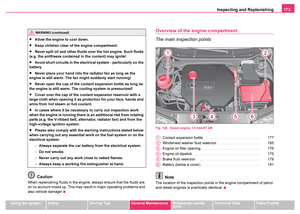 174
174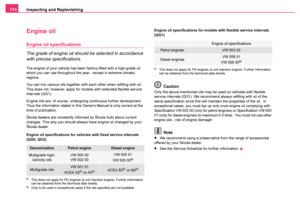 175
175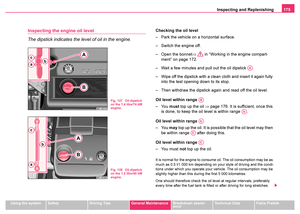 176
176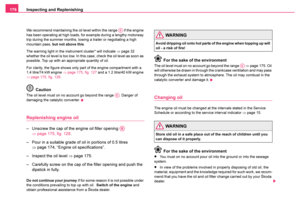 177
177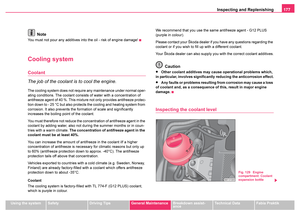 178
178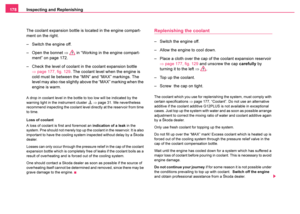 179
179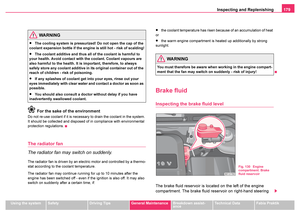 180
180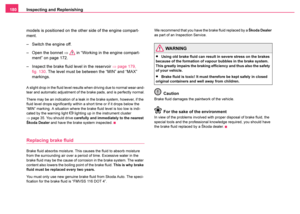 181
181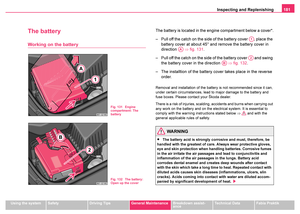 182
182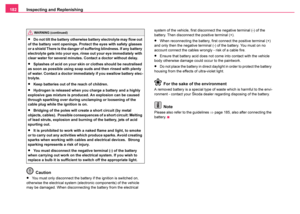 183
183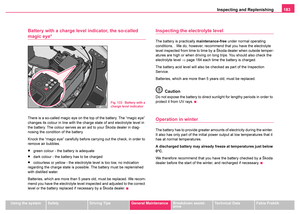 184
184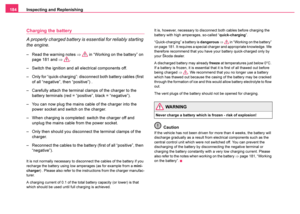 185
185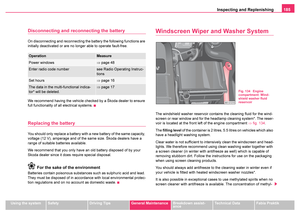 186
186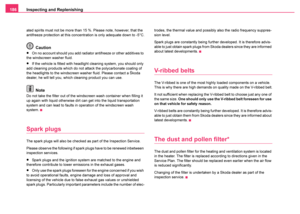 187
187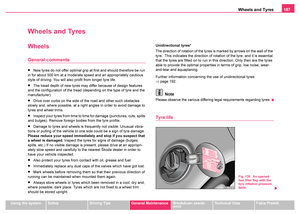 188
188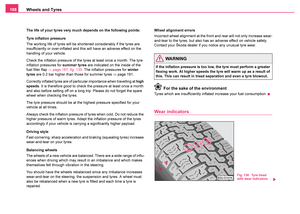 189
189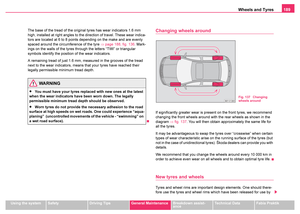 190
190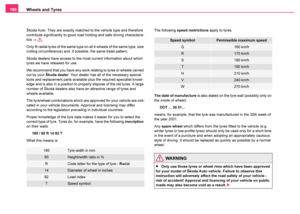 191
191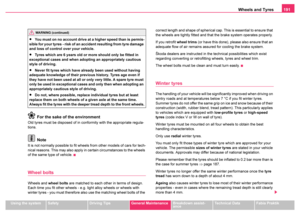 192
192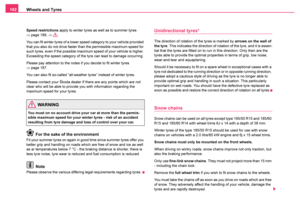 193
193 194
194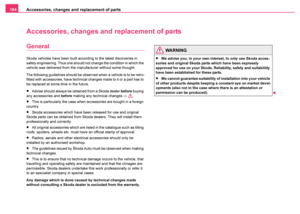 195
195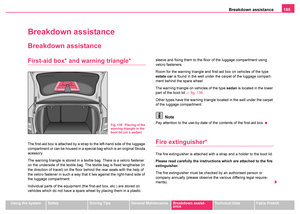 196
196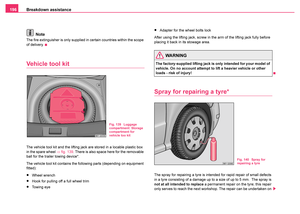 197
197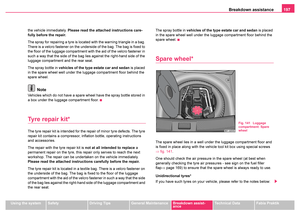 198
198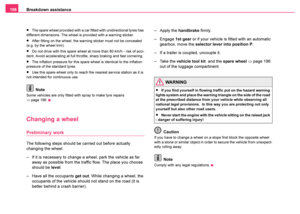 199
199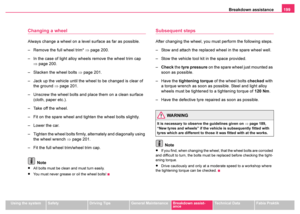 200
200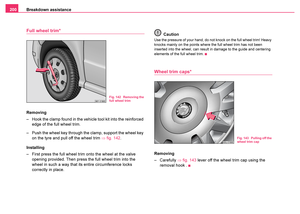 201
201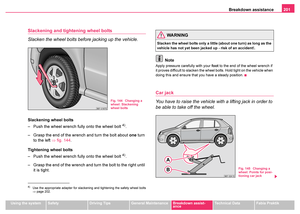 202
202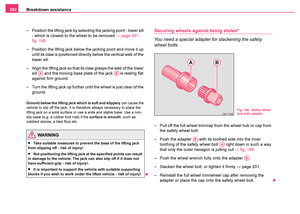 203
203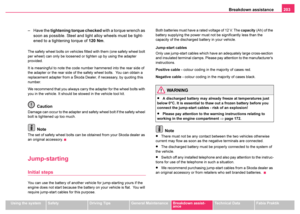 204
204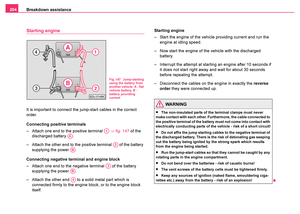 205
205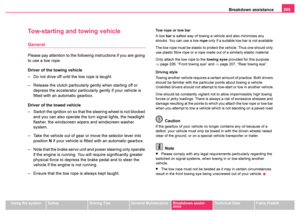 206
206 207
207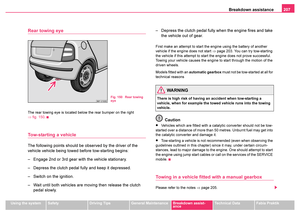 208
208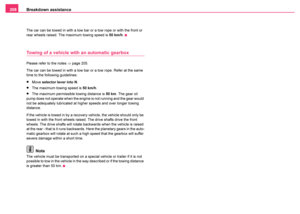 209
209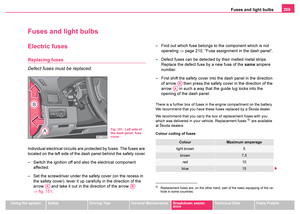 210
210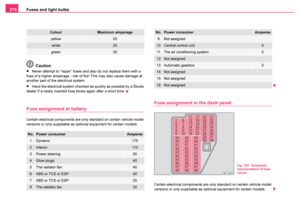 211
211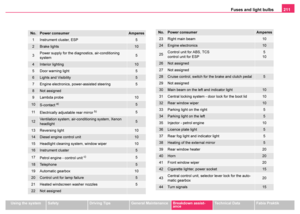 212
212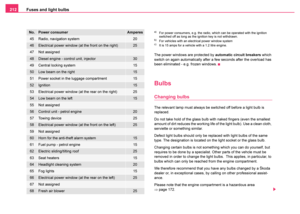 213
213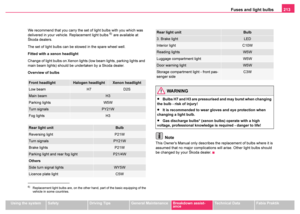 214
214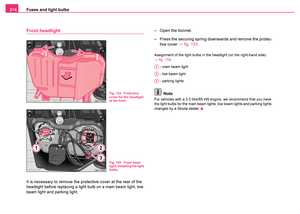 215
215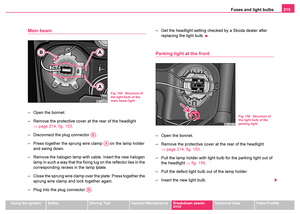 216
216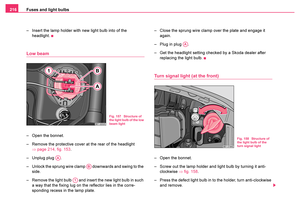 217
217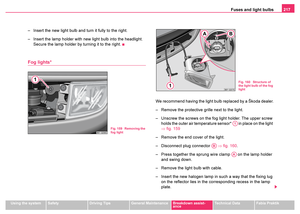 218
218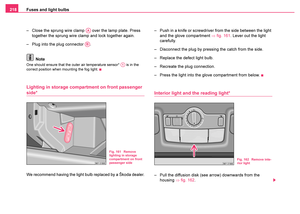 219
219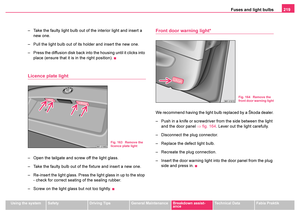 220
220 221
221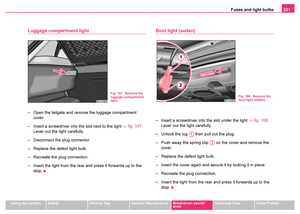 222
222 223
223 224
224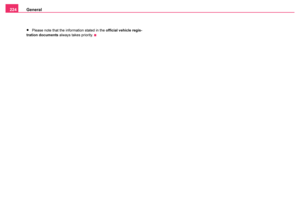 225
225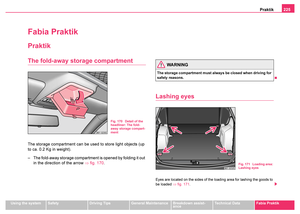 226
226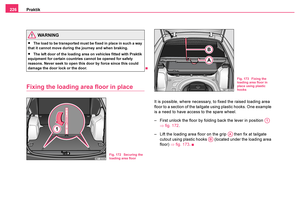 227
227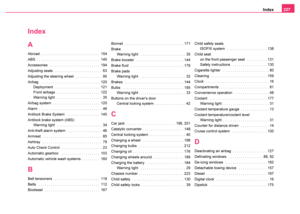 228
228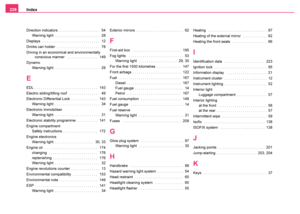 229
229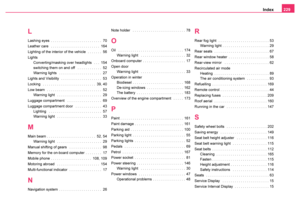 230
230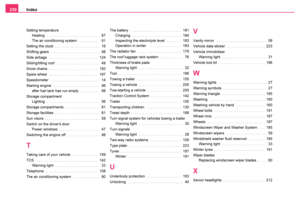 231
231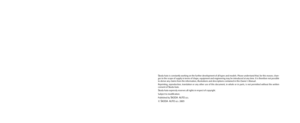 232
232






